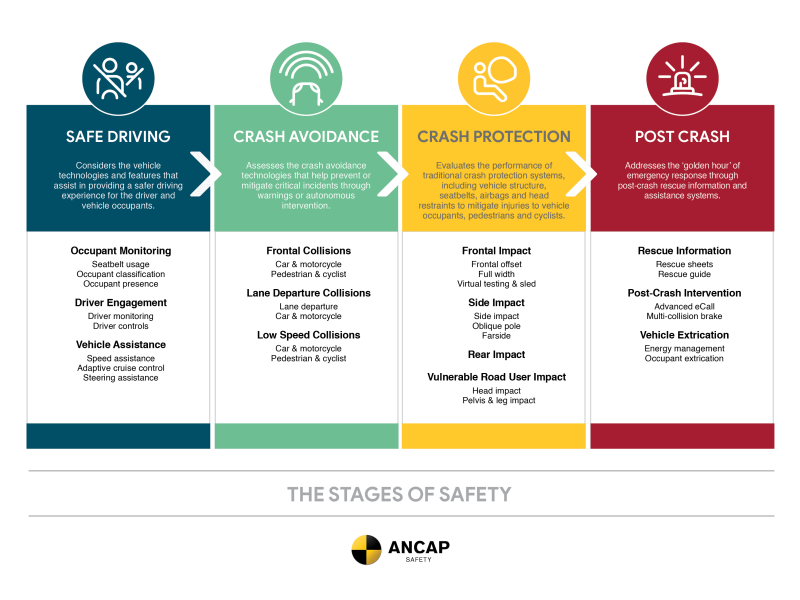As of April 1 (no foolin’) if you own an electric vehicle (EV) or plug-in hybrid (PHEV) which doesn’t require petrol, your vehicle will require a RUC licence and have it displayed on the windscreen, just like diesel drivers have had to do since they came in off the farm.
For those who were wondering where their RUCs can be purchased, it’s (sadly) not your local Lotto shop. You can buy them online at the NZTA website or from an NZTA agent – NZ Post, the AA, VTNZ and VINZ outlets.
Oh, one more thing; you won’t be able to buy your RUCs before April 1, but you have a ‘grace period’ to get your RUCs in a sack. NZTA will allow the purchase of licenses for April mileage up to May 31 without penalty.
Why now? EVs were excused from paying any form of fuel tax – be that excise tax such as what is paid through levies at the petrol pump or distance-based road user charges, such as those paid by diesel vehicle drivers – as a means of encouraging the uptake of EVs.
The uptake has now hit its ‘critical mass’ of around two percent of the light vehicle fleet, which was always going to be the tipping point for taxation.
As to what the tax is used for, it is used to build the National Land Transport Fund which pays for the maintenance and upkeep of our roads (Waka Kotahi’s words, not our opinion).
EV owners, up until now anyway, have had a pretty good run. They have vehicles which are cheaper to run, cost less to fix, and are the recipients of cashback in the form of government subsidies not available to ICE-powered vehicle owners and, of course, not having to pay any tax on their vehicles since 2009.
For fleets, the cashbacks were cherries on the cream of the EV cake and their loss will not be hard to bear, but what of the RUCs? They add a layer of complexity regarding compliance and an ongoing cost requiring budget considerations.
EVs will be looking at $76 per 1000kms and for the plug-in hybrid EVs, the road user charge will be $56 per 1000km since PHEVs are already paying their excise tax at the petrol pump.
RUCs must be purchased ahead of their use, so an EV’s expected mileage is going to have to be calculated ahead of time and with a reasonably high degree of accuracy.
The more EVs/PHEVs you have in your fleet, the more complicated things become, especially if you are attempting to manually compute RUC and anticipated distance calculations.
The first time RUCs are purchased, the vehicle’s odometer reading will be taken, and this is not something you want to get wrong as, if any inaccuracies are found between it and the RUC licence will result not only in an invoice to rectify the discrepancy but pay an infringement fine as well.
The smart fleet manager with EVs or PHEVs on the books should talk to either their telematics or leasing provider to see what solutions they have for RUC compliance.






